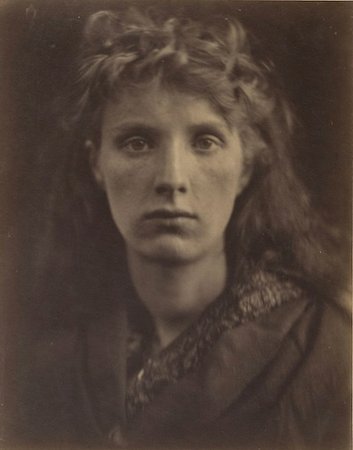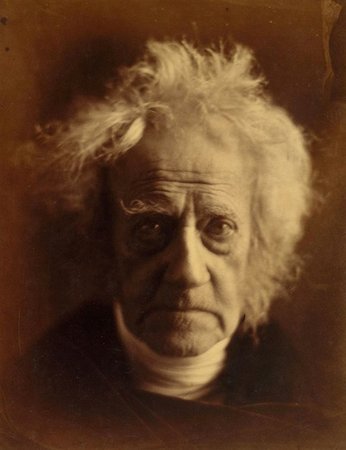<FollowQuerySet [{'obj_id': 89, 'obj_name': 'M+B', 'follow_type': 'partner', 'num_follows': 1765}, {'obj_id': 1, 'obj_name': 'America: Now+Here', 'follow_type': 'partner', 'num_follows': 2164}, {'obj_id': 25, 'obj_name': 'Lincoln Center for the Performing Arts', 'follow_type': 'partner', 'num_follows': 2176}, {'obj_id': 16, 'obj_name': 'David Zwirner', 'follow_type': 'partner', 'num_follows': 7490}, {'obj_id': 408, 'obj_name': 'Pace Prints ', 'follow_type': 'partner', 'num_follows': 2675}, {'obj_id': 274, 'obj_name': 'Electric Works', 'follow_type': 'partner', 'num_follows': 1474}]>
<FollowQuerySet [{'obj_id': 89, 'obj_name': 'M+B', 'follow_type': 'partner', 'num_follows': 1765}, {'obj_id': 1, 'obj_name': 'America: Now+Here', 'follow_type': 'partner', 'num_follows': 2164}, {'obj_id': 25, 'obj_name': 'Lincoln Center for the Performing Arts', 'follow_type': 'partner', 'num_follows': 2176}, {'obj_id': 16, 'obj_name': 'David Zwirner', 'follow_type': 'partner', 'num_follows': 7490}, {'obj_id': 408, 'obj_name': 'Pace Prints ', 'follow_type': 'partner', 'num_follows': 2675}, {'obj_id': 274, 'obj_name': 'Electric Works', 'follow_type': 'partner', 'num_follows': 1474}]>
<FollowQuerySet [{'obj_id': 89, 'obj_name': 'M+B', 'follow_type': 'partner', 'num_follows': 1765}, {'obj_id': 1, 'obj_name': 'America: Now+Here', 'follow_type': 'partner', 'num_follows': 2164}, {'obj_id': 25, 'obj_name': 'Lincoln Center for the Performing Arts', 'follow_type': 'partner', 'num_follows': 2176}, {'obj_id': 16, 'obj_name': 'David Zwirner', 'follow_type': 'partner', 'num_follows': 7490}, {'obj_id': 408, 'obj_name': 'Pace Prints ', 'follow_type': 'partner', 'num_follows': 2675}, {'obj_id': 274, 'obj_name': 'Electric Works', 'follow_type': 'partner', 'num_follows': 1474}]>
<FollowQuerySet [{'obj_id': 89, 'obj_name': 'M+B', 'follow_type': 'partner', 'num_follows': 1765}, {'obj_id': 1, 'obj_name': 'America: Now+Here', 'follow_type': 'partner', 'num_follows': 2164}, {'obj_id': 25, 'obj_name': 'Lincoln Center for the Performing Arts', 'follow_type': 'partner', 'num_follows': 2176}, {'obj_id': 16, 'obj_name': 'David Zwirner', 'follow_type': 'partner', 'num_follows': 7490}, {'obj_id': 408, 'obj_name': 'Pace Prints ', 'follow_type': 'partner', 'num_follows': 2675}, {'obj_id': 274, 'obj_name': 'Electric Works', 'follow_type': 'partner', 'num_follows': 1474}]>
<FollowQuerySet [{'obj_id': 89, 'obj_name': 'M+B', 'follow_type': 'partner', 'num_follows': 1765}, {'obj_id': 1, 'obj_name': 'America: Now+Here', 'follow_type': 'partner', 'num_follows': 2164}, {'obj_id': 25, 'obj_name': 'Lincoln Center for the Performing Arts', 'follow_type': 'partner', 'num_follows': 2176}, {'obj_id': 16, 'obj_name': 'David Zwirner', 'follow_type': 'partner', 'num_follows': 7490}, {'obj_id': 408, 'obj_name': 'Pace Prints ', 'follow_type': 'partner', 'num_follows': 2675}, {'obj_id': 274, 'obj_name': 'Electric Works', 'follow_type': 'partner', 'num_follows': 1474}]>
<FollowQuerySet [{'obj_id': 89, 'obj_name': 'M+B', 'follow_type': 'partner', 'num_follows': 1765}, {'obj_id': 1, 'obj_name': 'America: Now+Here', 'follow_type': 'partner', 'num_follows': 2164}, {'obj_id': 25, 'obj_name': 'Lincoln Center for the Performing Arts', 'follow_type': 'partner', 'num_follows': 2176}, {'obj_id': 16, 'obj_name': 'David Zwirner', 'follow_type': 'partner', 'num_follows': 7490}, {'obj_id': 408, 'obj_name': 'Pace Prints ', 'follow_type': 'partner', 'num_follows': 2675}, {'obj_id': 274, 'obj_name': 'Electric Works', 'follow_type': 'partner', 'num_follows': 1474}]>
 The Mountain Nymph Sweet Liberty (1866)
The Mountain Nymph Sweet Liberty (1866) Sir John Herschel (1867)
Sir John Herschel (1867) The Parting of Lancelot and Guinevere (1874)
The Parting of Lancelot and Guinevere (1874) King Lear Alotting His Kingdom to His Three Daughters (1872)
King Lear Alotting His Kingdom to His Three Daughters (1872) Pomona (1872)
Pomona (1872)
 The Mountain Nymph Sweet Liberty (1866)
The Mountain Nymph Sweet Liberty (1866) Sir John Herschel (1867)
Sir John Herschel (1867) The Parting of Lancelot and Guinevere (1874)
The Parting of Lancelot and Guinevere (1874) King Lear Alotting His Kingdom to His Three Daughters (1872)
King Lear Alotting His Kingdom to His Three Daughters (1872) Pomona (1872)
Pomona (1872)

